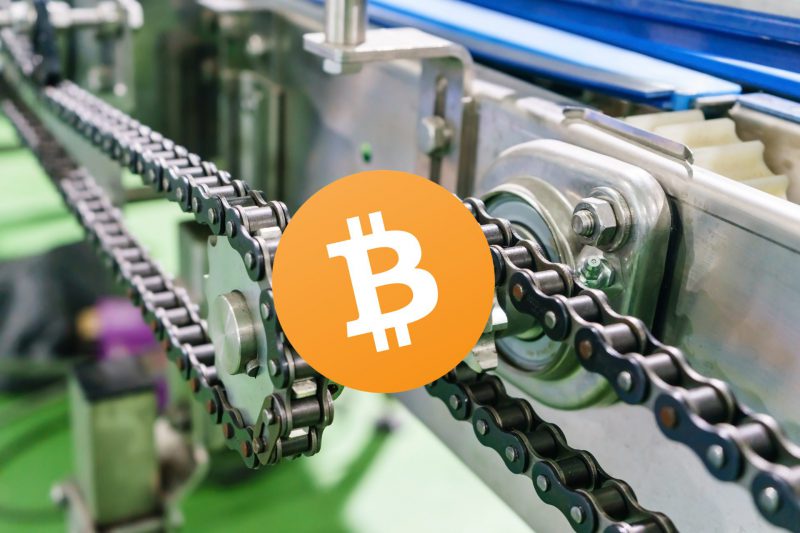Bitcoin (BTC), the original cryptocurrency, has often faced criticism for its scalability and the political process for change. Drivechain presents a new vision for Bitcoin in which various issues are resolved as specified in BIP300 and BIP301.
Drivechain is a project that aims to enhance Bitcoin’s functionality by utilizing sidechain technology. By leveraging pegged sidechains, Drivechain would enable any person to transfer their BTC to a number of pegged blockchains. As a result, it would be possible to transfer bitcoins to a pegged sidechain that supports smart contract technology or one that uses privacy technology like ring signatures.
The transferability of BTC would be bidirectional due to the link between the mainchain (the BTC blockchain) and the pegged sidechains. Hence, it would be possible to move BTC back and forth from the mainchain to a pegged sidechain.
Moreover, Drivechain provides an alternative to the divisive and political processes now in place for modifying Bitcoin. The addition of opt-in sidechains allows for the introduction of new functionality rather than the need to alter “Layer 1” regulations.
By copying whatever helpful characteristics that Bitcoin’s rivals might have, it eliminates all justifications for using them. This would make Bitcoin the exclusive cryptocurrency, which is incredibly advantageous for a resource that aspires to be real “money.”
Additionally, it offers to make enough transaction fees to cover the cost of BTC’s security budget. This is crucial because the block subsidy will decrease as it diminishes over time. Also, the security budget’s current alternatives are extremely difficult to implement.
Will Bitcoin’s Drivechain make other altcoins obsolete?
The Drivechain capabilities can be achieved with a soft fork. And, it would come with a variety of benefits for BTC fans and investors.
Firstly, Without ever altering the mainchain, it would increase Bitcoin’s functionality through opt-in sidechains. Secondly, any viable rival altcoin might be converted into a sidechain that is strictly superior to the original altcoin. This would eventually cause Bitcoin to eat into that altcoin’s market share. And thirdly, it would support Bitcoin’s security budget as block subsidy dinminishes over time.
The sidechains in question would be part of Bitcoin’s portfolio. The potential for a sidechain to generate transaction fees will determine whether or not it is included in this portfolio. The reason for this is that miners will only turn on sidechains that increase their profitability. Therefore, Bitcoin users’ preferences would determine its evolution. This economic decision-making process may take the place of the community’s current political decision-making procedure.





